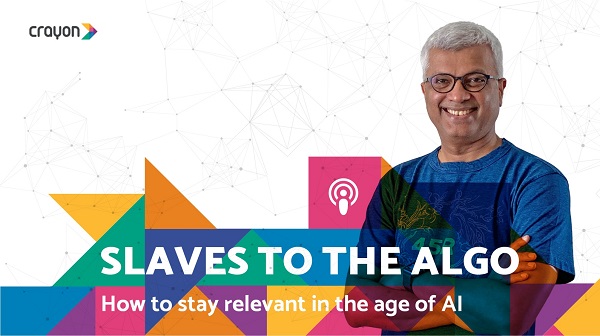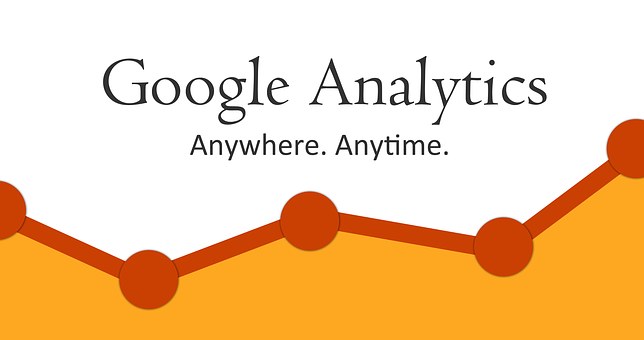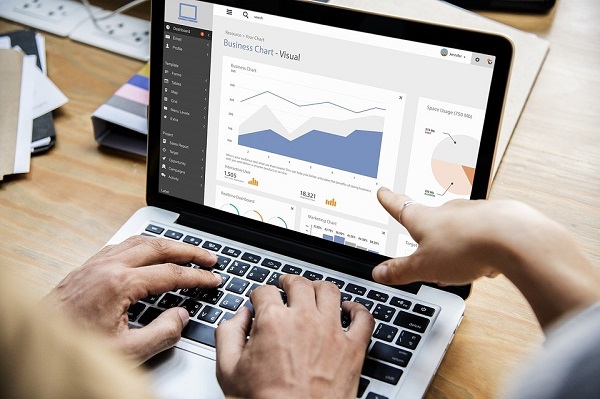1) Tell me a little about yourself and how you got involved in digital analytics industry?
When I first tripped over the Internet in 1993, nobody could tell me what made a website good, better or best.
I spoke with everyone I could find that had something to do with commercial websites. I went to Internet World conferences, hungry for the secrets of online marketing strategy and the details of online marketing tactics. I was completely frustrated by the lack of knowledge – no speakers presenting on usability, no books on customer centricity, no white papers on best practices – that I began speaking and writing on such topics. This stuff was earth shattering; why was so little attention paid?

During the bubble, I racked up a million frequent flier miles and met many an underage, starry-eyed dot-commer with a nonsensical business plan. I gave presentations from New Delhi to New Zealand about how the Internet was going to change the way we lived, the way we worked, the way we bought, the way we were. It was the greatest thing since sliced bread and it was my responsibility to wake people up.
In an age of multi-million dollar investments for sock puppets, there was only the most tenuous of connections between website mania and business value. Eye balls were more important than sales. Clicks were more important than revenue. Stickiness was more important than loyalty.
In the late 1990’s, I had the good fortune to present at Internet World conferences all over the world and always made a point of seeing presentations given by Matt Cutler, founder of NetGenesis, one of the first web analytics companies. Smart guy, great presenter. We agreed that we should be working together and he invited me to present at his user group meeting and then collaborate on a white paper.
In 2000, we interviewed 20 large companies for a white paper and found they were collecting a boatload of data but doing nothing with it. The white paper lamented this data-data-everywhere-but-not-a-thought-to-think dilemma for 5 pages and then spent 60 more describing what could be accomplished.
Two years later, I interviewed another 25 large companies and found that they were happily capturing, filtering and reporting out some of their web metrics, but no one on the business side of the house was using the information to make business decisions. That made me angry. It was time to get serious. It was time to take a stand and prove to the Chief Marketing Officer and the Chief Financial Officer that there was more business value in a single website than in a dozen high street shops.
That year I put out yet another book (Web Metrics: Proven Methods for Measuring Web Site Success, John Wiley & Sons, 2002) and produced the first eMetrics Summit. This was the first time professionals with a clue about measuring online success had the chance to meet and speak with others of their ilk. They could share ideas and ask questions and carry on conversations that did not result in the immediate eye-glazing experienced when trying to discuss the subject at their respective firms.
With some gentle pressure (a phone call) from Bryan Eisenberg of Future Now and Andrew Edwards of Technology Leaders, I agreed that it was past time to get the ball rolling on a professional association. So, with the help of Andrea Hadley of NetSetGo Marketing in Canada, Seth Romanow of HP, Rand Schulman of WebSideStory and Greg Drew of WebTrends, the Digital Analytics Association was born (then called the Web Analytics Association). Both the conference and the DAA are going strong.
2) How do you define Digital analytics? What is the difference Digital analytics and web analytics?
Web analytics is the art of conjuring a very narrow data set: that which you collect on your web site. Clickthroughs, pageviews, content consumption, etc. Web analytics is part of Digital Analytics which includes all other customer-oriented data: email, search, social, advertising; and now: in store interactivity, iBeacons, mobile, car-connectivity, etc., etc.
3) What is the newest challenge of the Digital analytics?
The major challenge in Digital analytics is collecting and analyzing data from multiple sources. Now that digital analysts are responsible for conjuring up deep, valuable insights out of a steady stream of amazingly disparate data sources, we’ve come face to face with the complexity of the task.
Collecting data, getting it all in one place, and matching it up with data from an alternative universe is hard work. This is described as the problem of: data proliferation: multiple sources, reports, and integration.
The additional insult to this injury is the astonishing proliferation of data types(the data deluge) and the inflated effort necessary to transform them into a cohesive base. Data from social, mobile, video, in-store, in-vehicle, inside-your-head-via-fMRI machines are all required and more is on the way tomorrow afternoon.
My comment about this has not changed:
There is no end to data. There will always be a new data stream around the corner that cannot be anticipated. It has been ever thus.
4) What are a few things that companies should be doing with their Digital analytics efforts that most don’t do today?
Pay attention. Most companies are still at the stage where they implement a tool, tag their website and think, “Done!” But in fact, the value lies in changing the corporate culture and really getting to know the data on a personal level. It’s the art of always wondering what the data might tell you about the success of your efforts if you only asked the right question.
Getting clean data, massaging it so that it integrates with other clean data and reporting are all table stakes. Watching for anomalies and digging into correlations are where the magic happens. So many companies are focused on the plumbing, they don’t take the time to glean the value.
5) On Multichannel marketing campaigns. Are there proven tactics for pulling in metrics from non web analytics systems such as video analytics in the store, call center CRM call logs, and mobile web access into a single view of the customer experience?
Proven tactics? No. Every company is unique: different data sets captured in different ways with different corporate goals and politics… there is no one-size-fits-all.
Think of it like nutrition. We should all, Eat food. Not too much. Mostly plants. But some of us have allergies and some have cravings and some have poverty and some have phobias. What you collect depends on corporate culture, which is to say, politics. If the owner of the marketing budget came from a career in television, then you will collect and honor certain numbers differently than if he or she came from a string social media start-ups.
In general, collect what you can, clean as much as you can, find a common key (customer ID, email address, device ID) and blend the data carefully to accommodate differences in dates and data formats, etc.
6) How do people set conversion rates(or other) goals for their website or mobile apps?
Step 1: Guess.
Step 2: Collect some data as a benchmark.
Step 3: Compare your results to others.
Step 4: Make an educated guess.
7) Which of your books are you most proud of?
• World Wide Web Marketing (1995) because it was my first.
• Advanced Email Marketing (2003) because it’s a fictionalized story about a guy doing email marketing.
• Web Metrics (2008) because it helped me turn the corner from online marketing to digital analytics.
• Undisclosed Book I’m Working On Now because I’m working on it now.
8) In your white paper “data scientist to data artist,” you described a data artist as someone who works with clean data. Can you talk more about data artist, about his roles and responsibilities in an organization?
The role of the Data Artist is to use raw materials (data) to create compelling, emotion-generating art (insights) and get them in front of decision makers who will take action based on what they see. This is not reporting. The data artist must be knowledgeable about where all the different data streams come from, how clean they are and how they get blended – just like a painter or a sculpture worry about pigment or stone. They must understand the limits of the raw material, so they don’t over tax it and end up with runny paints or a statue that has no structural integrity.
But then, and this is the important part, they must create something (a report, a presentation, even just a conversation) that evokes an emotional response. Otherwise, there will be no action taken as a result of all that work.
9) How can a digital analyst become a data artist, what tools and skills do a data artist require?
The Digital Analytics Association has just finished and internally published the Digital Analyst Competency Framework that answers just that question in significant detail. I’m so glad you asked!
In brief, the digital analyst must learn as much as possible about the organization they work for, determine how decision makers make decisions and then improve their communication skills to the point where they can have a material impact on how people feel about data.
10) What advice/ recommendation would you give to a digital analytics professional? What are the most important skills and tools a digital analyst should possess?
Technical skills and knowledge to fully understand the data that can be collected and/or purchased. Data management skills and knowledge to fully understand how the data can be blended. Statistical skills and knowledge to fully understand how the data can be manipulated. Business skills and knowledge to fully understand how the organization measures success. Communication skills and knowledge to fully understand how insights are absorbed, respected and acted upon.
I want to thank you for taking the time from your busy schedule, and sharing your knowledge with us. We are eagerly waiting to read your next book.












![7 data-driven ways to optimize your online store for mobile [Infographic]](https://crayondata.ai/wp-content/uploads/2019/11/optimize-1.jpg)


![Top tips and tricks to improving your customer experience [Infographic]](https://crayondata.ai/wp-content/uploads/2019/01/customer-journey-1.jpg)







